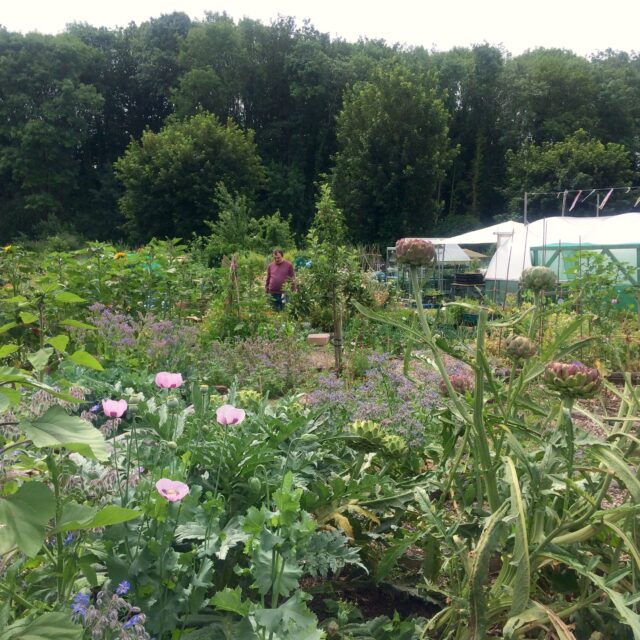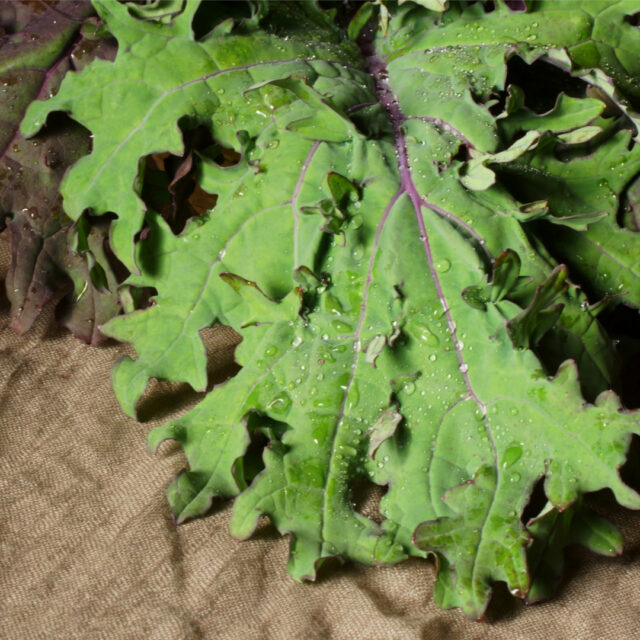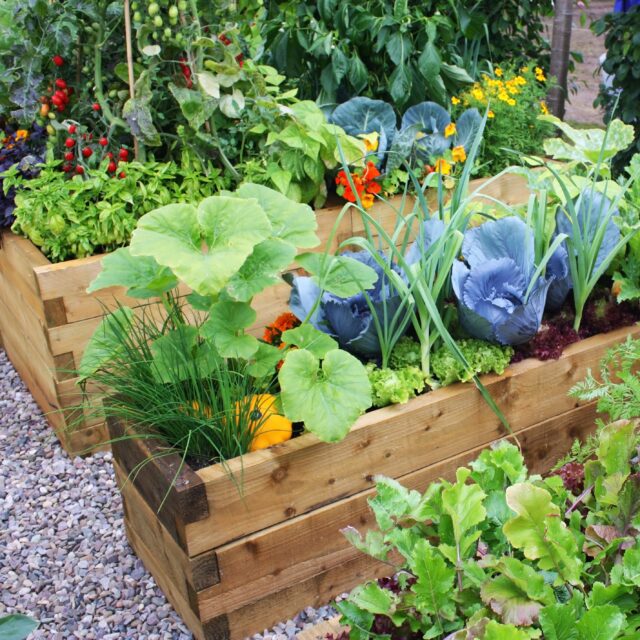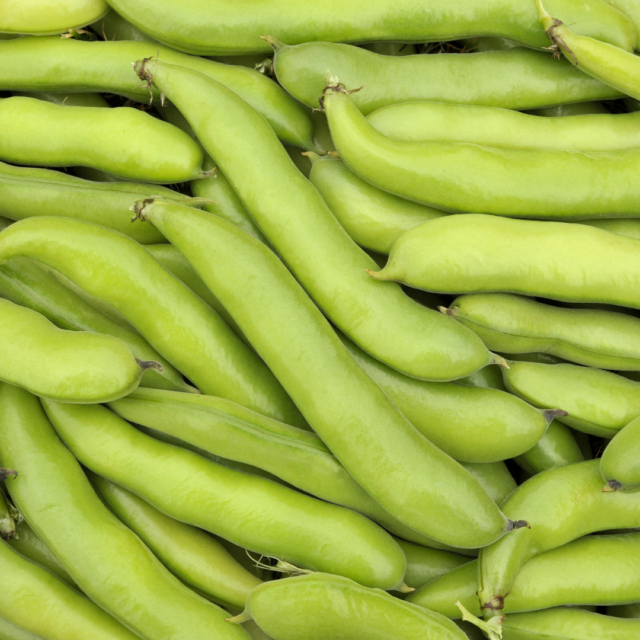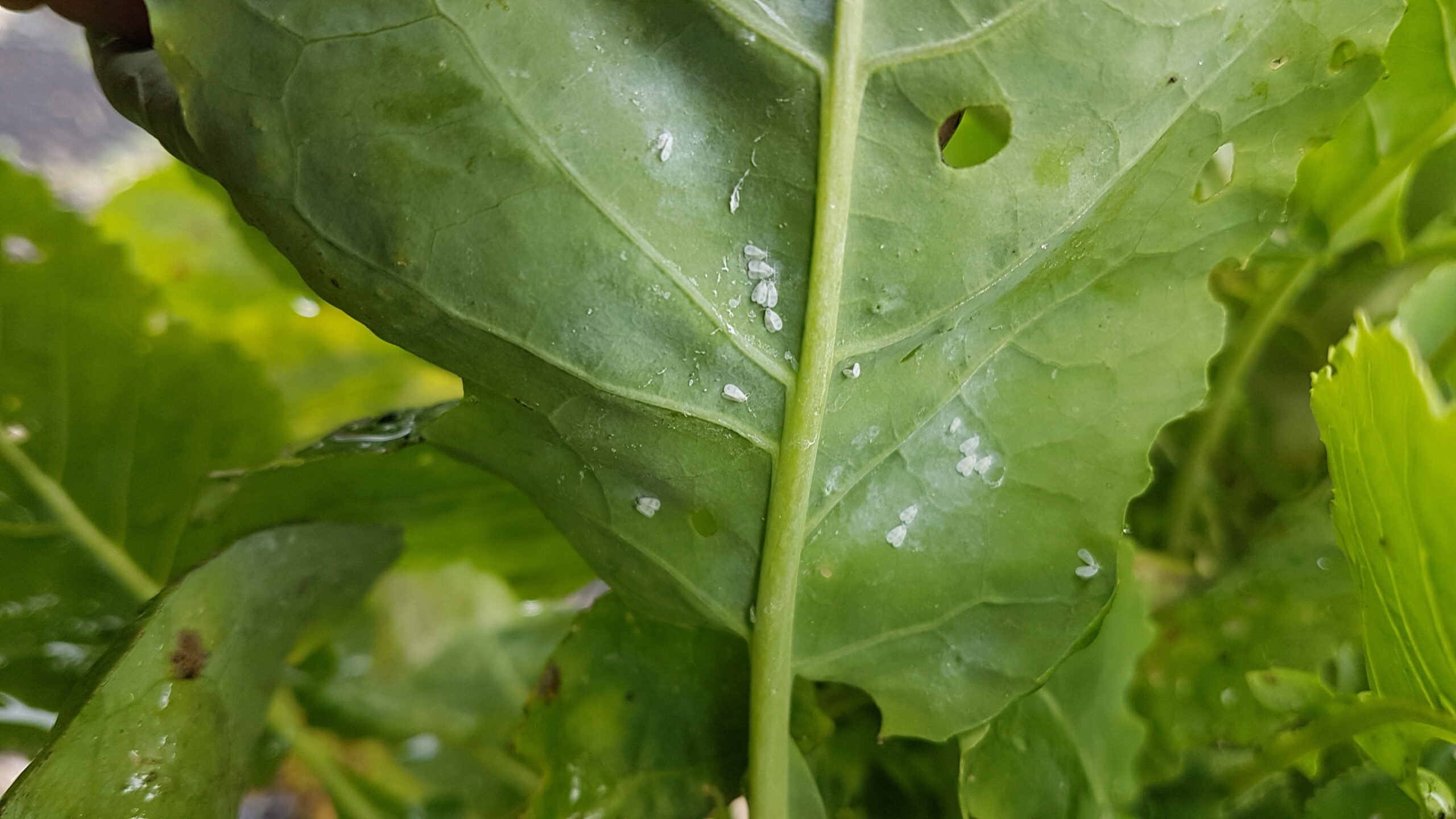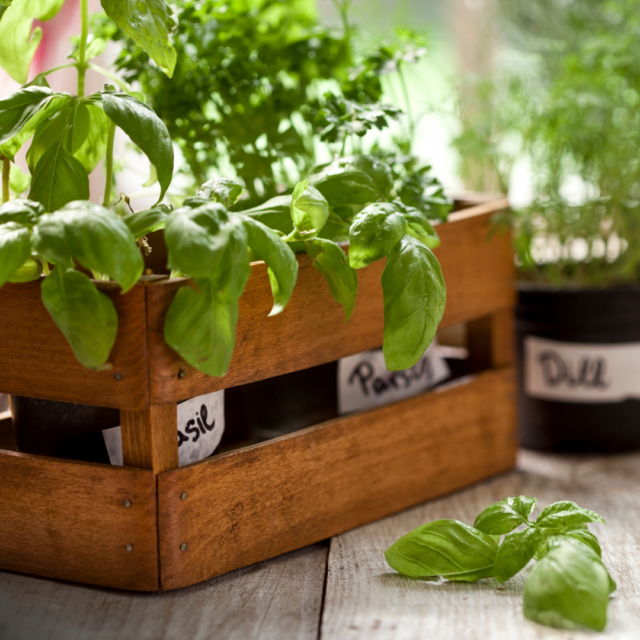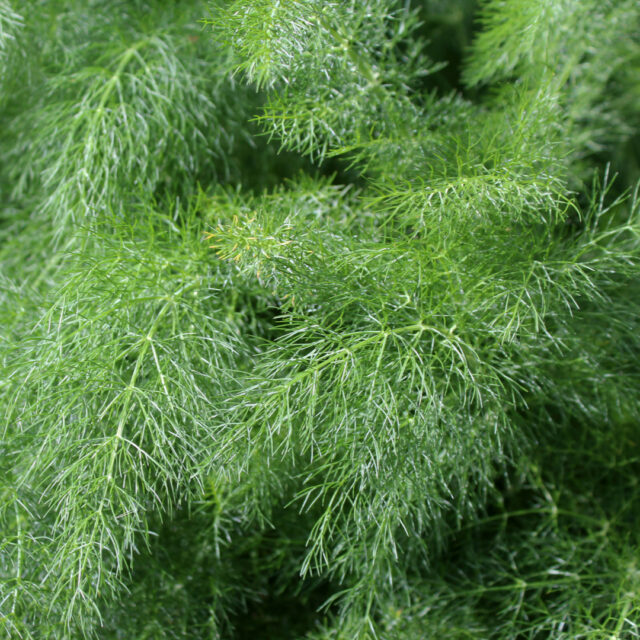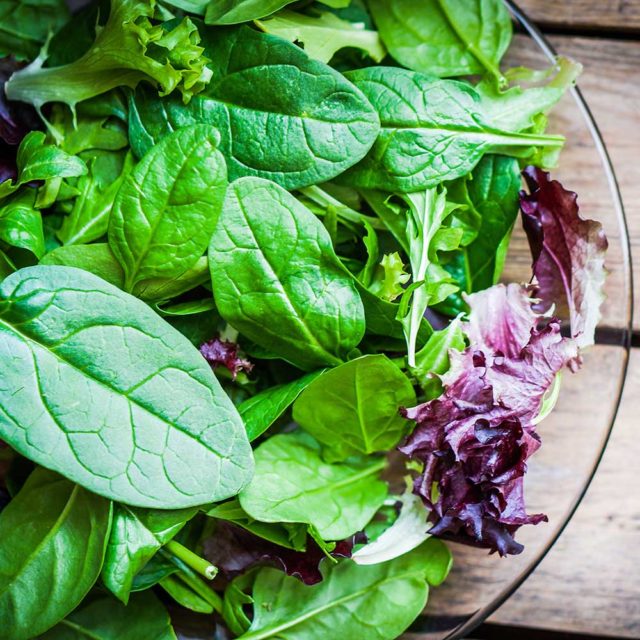Cabbage whitefly are small white-winged insects that can be found on the undersides of brassica leaves. They are frequently found on brassicas, and aren’t really a cause for concern, unlike the Glasshouse Whitefly (upcoming blog on that pest!) They are sap-sucking bug that can be a problem on kale, as the insect can develop on the foliage that is destined for dinner plates.
A bit of biology
- Cabbage whitefly is present on its host plants throughout the year and overwinters as adult insects.
- Scientific name: Aleyrodes proletella
- The adults lay eggs on the lower leaf surface, from which hatch the scale-like nymphs.
- Both adults and nymphs suck sap and excrete a sugary substance (honeydew) that allows the growth of sooty moulds.
- Brassicas are tolerant of the pest and even heavy infestations have little impact on plant growth, but sooty mould can be a problem, especially on sprout buttons and the leaves of kale.
- Although similar in appearance to glasshouse whitefly, cabbage whitefly is a different species and does not attack plants other than brassicas.
Symptoms
- Brush past a plant with an infestation and you will be inhaling clouds of the things – yuk!
- Flat, oval, whitish-green scale-like nymphs are attached to the lower leaf surface.
- Black or greenish-grey sooty moulds can develop on the upper leaf surface on the sticky honeydew excreted by this insect – this can prevent photosynthesis and reduce the vigour of the plant.
- Cabbage whitefly should not be confused with glasshouse whitefly or viburnum whitefly which are not problems on brassicas.
Controls
- Cabbage whitefly can be tricky to control, particularly on allotments where there are likely to be affected plants on nearby plots that will be a source of re-infestation.
- Fortunately, cabbage whitefly only affects outer leaves and usually causes little real damage to parts of the plant that are consumed. Just wash them off before eating – unless you want an extra crunch on your kale!
- Check susceptible plants frequently from spring onwards so action can be taken before a damaging infestation has developed.
- Here at Propagation Place we garden organically so we don’t use pesticides. Pesticides can cause harm to non target wildlife so please take care if you do choose to use them.
- You can wash them off with a strong jet from the hose, this will wash away the nymphs that will develop into adults
- We often remove infested leaves and compost them. It’s a good idea to create good air flow around your plants for lots of reason (reduce fungal infections, pests, increase respiration, to name but a few) so removing the lower, older leaves can help plant health immensely
- Cabbage whitefly is not attacked by the biological control, Encarsia formosa (a wonderful little parasitic wasp sold for use against glasshouse whitefly (Trialeurodes vaporariorum) but there are some other Encarsia species that occur naturally in Britain that develop as larvae in cabbage whitefly nymphs. They are not available to buy but are sometimes sufficiently numerous to be effective at keeping cabbage whitefly at a low level.
We hope you have found this helpful. Have you joined our email list yet? We send out occasional emails when we have exciting offers, and also to let you know when you can buy our lovely plants!
